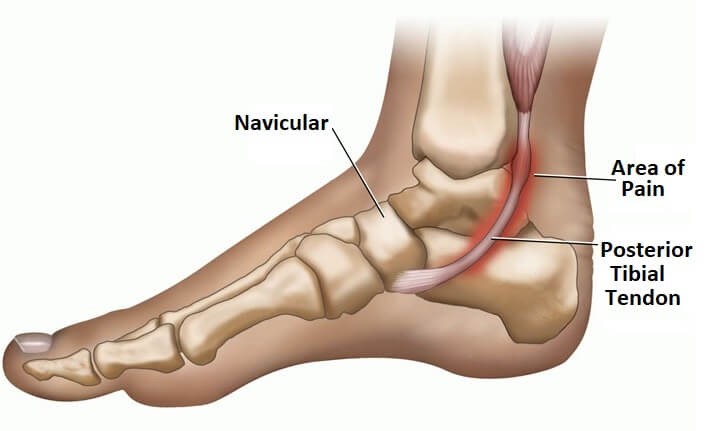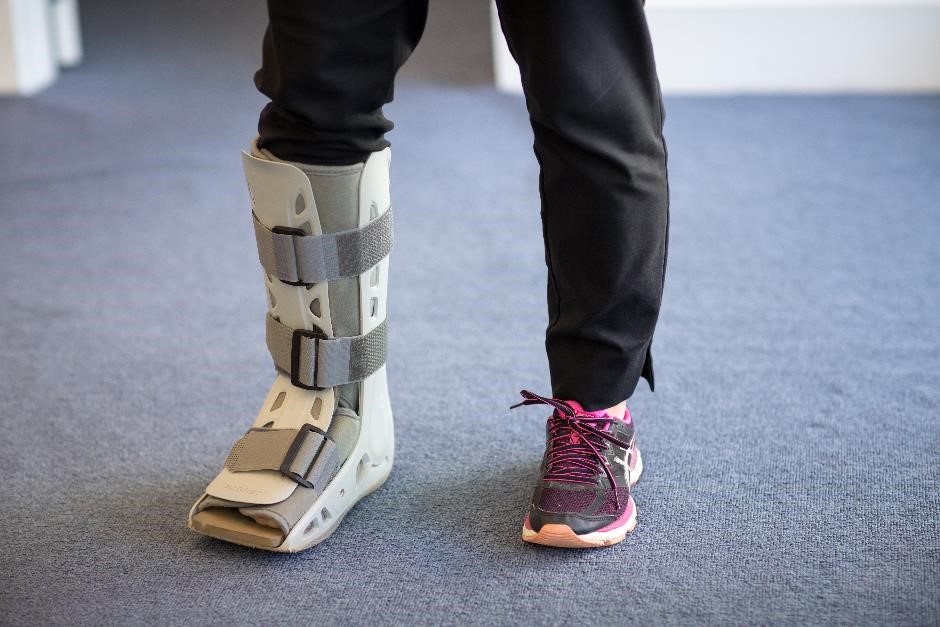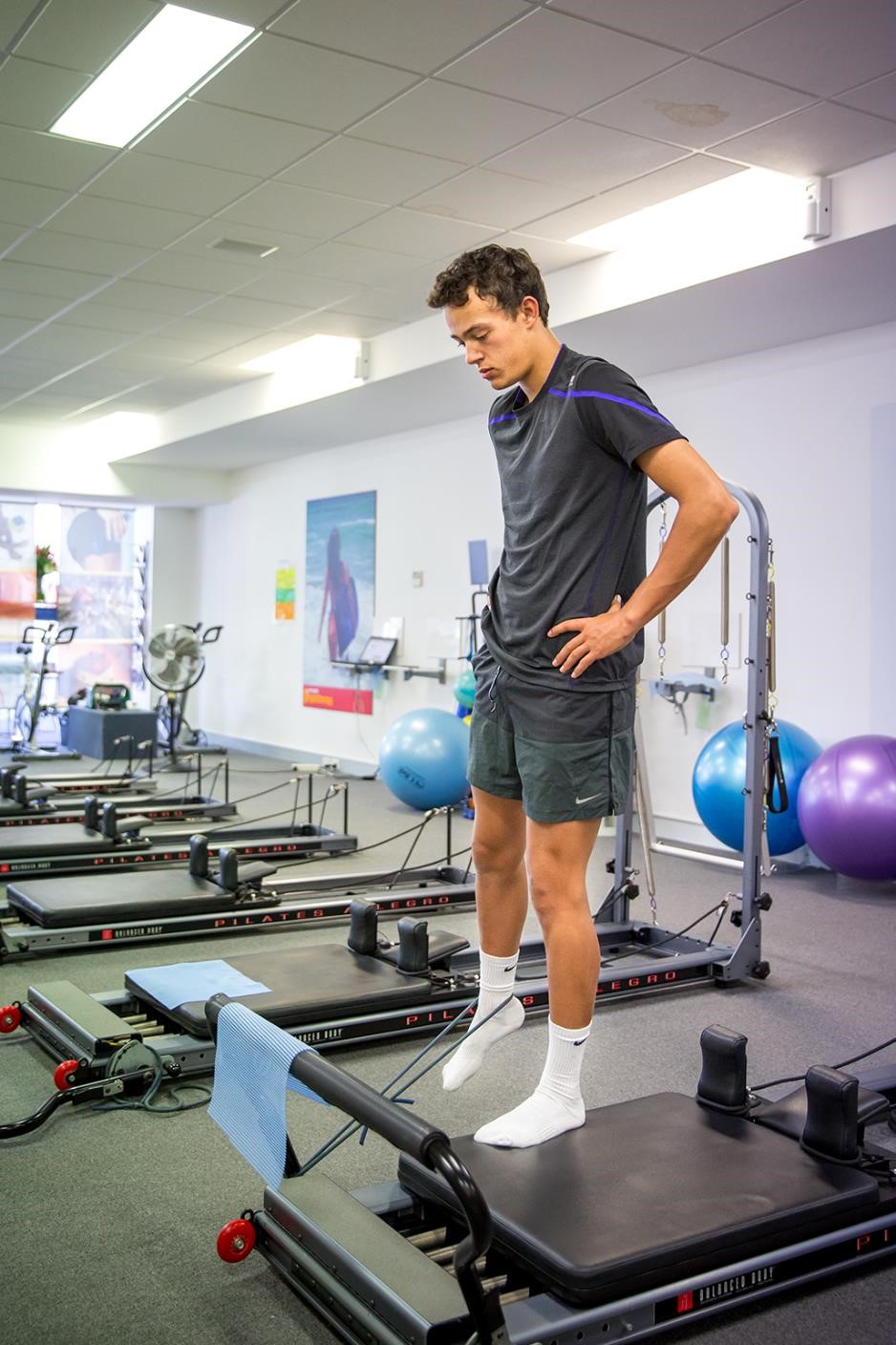Tibialis Posterior Tendinopathy - Fact Sheet
What is Tibialis Posterior Tendinopathy ?
The tibialis posterior tendon runs along the medial ankle (as pictured) and attaches onto the inside of the foot. It is responsible for stabilizing the mid and hind foot and provided some ankle inversion strength. The tibialis posterior tendon can get irritated as a result of overloading of the foot and ankle. This is generally due to poor strength and control of the tibialis posterior muscle and other calf muscles, generally with walking, running, and jumping and landing.
What causes it?
It is caused by overloading of the Tibialis Posterior tendon, causing irritation at the medial ankle and the posterior lower leg. Overloading of this area generally occurs due to poor strength and control around the ankle, which means the tibialis posterior tendon has to work harder than necessary. It can also occur due to poor footwear, poor training habits, and other biomechanical faults at the knee and hip joints.

Signs and Symptoms of Tibialis Posterior Tendinopathy ?
• Pain at the medial ankle, particularly when weight-bearing in a tip-toe position.
• Pain/ache at the posterior lower leg
• Pain initially in the morning, gets better throughout the day

Treatment of Tibialis Posterior Tendinopathy ?
Activity modification – Reducing or modifying any aggravating activities or exercises. As a general rule, pain shouldn’t be higher than 3-4 out of 10 either during or after any given activity or exercise. If this is higher, the load/intensity of this exercise needs to be reduced.
Isometric Exercises, or ISOs – In the initial stages of rehab, Isometrics (or ISOs) of the calf muscles (namely the gastrocs and soleus muscles), as well as the ankle inverters and foot muscles (muscles that “lift” up the arch of your foot), can help gradually build-up load capacity again with low risk of re-injury or pain flare-ups. In fact, ISOs can also have an analgesic effect on the tendon, reducing pain immediately after the exercise. An Exercise Physiologist or Physiotherapist can help guide you on the correct dosage and intensity of your ISO exercises.
Biomechanical strength – exercises that strengthen the stabilisers of the knees and hips can help foot posture and take some load off the tib-post tendon.
Gradual return to full activity – As pain permits, slow re-introduction into full muscle contractions of the calves and foot muscles, with a focus on technique. Again, pain levels should not rise to higher than 3 or 4 out of 10 when these types of exercises get introduced. Once these are more tolerable, a gradual return to full activity can start to occur. If you are returning to sport, introduction of plyometric (jumping and landing) exercises is strongly recommended.



